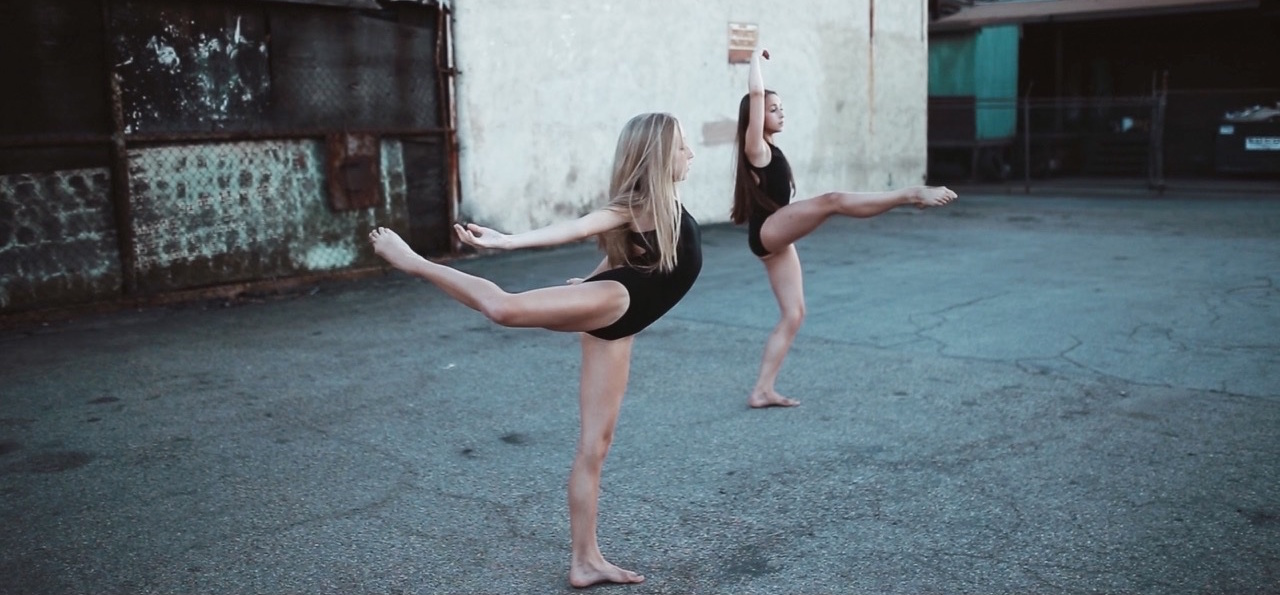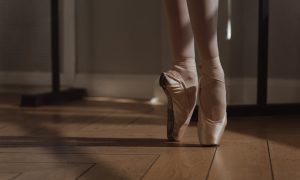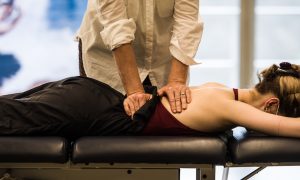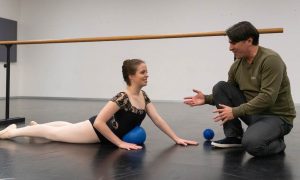Imagine being 13 years old, one of the top dancers, even the recipient of Junior Best Dancer at The Dance Awards this past summer. You may feel on top of the world. But then, just a few months later, you hear devastating news that will leave you unable to dance, even wheelchair-bound, for about a year…
This is the story of Jaycee Wilkins, who, in September, was diagnosed with Perthes disease. This disease, most commonly occurring in young children ages four to 12 years old, is a rare condition of the hip bone.
Yuriko Nabeta, a physical therapist at Harkness Center for Dance Injuries in New York City, explains, “The cause of the disease is unfortunately unknown. But what’s known is that for someone with this disease, the blood supply to the hip bone is reduced. There’s a growth plate in the head of the femur bone, and it grows at a young age, and with the Perthes disease, the plate doesn’t get enough blood supply and so the bone dies. And, as a result, the head becomes very fragile, painful and very stiff.”
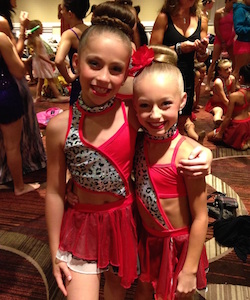
Tate McRae and Jaycee Wilkins first met at NYCDA in NYC in 2013. Photo courtesy of McRae.
“When I first heard that I had Perthes disease, I was scared because I didn’t know what it was,” Jaycee admits. “I knew my mom was scared, so I was very worried.”
Dr. Nabeta explains that this condition cannot heal by just resting. Often, conservative or surgical treatment is required to control pain, increase range of motion and also to reduce the risk of permanent deforming of the femoral head.
Since Jaycee’s diagnosis, she has not been able to dance, was put on crutches and was not allowed to put weight on her left leg. She and her family will have to undergo two surgeries, flights across the country (they have found a top specialist in Florida), hotel bills and recovery costs. Upon surgical treatments, Jaycee will have to wear an external fixator, attached to her leg and hip bone to aid in the bone’s growth, for four months. She will have to use a wheelchair and later crutches to get around and be closely monitored. Once the fixator is removed, she will wear a brace for six months, and then again only at night. Jaycee will have to learn how to use her muscles to walk again, and she’ll do much physical therapy in and out of the water.
To aid in the financial stress of such a dire situation, Tate McRae, a Capezio Athlete and Jaycee’s best friend, has set up a Go Fund Me campaign to raise money for Jaycee and her family.
“In July, I won money for winning The Dance Awards,” Tate explains. “I gave that money to Jaycee to help her get better. I live far away from her, so I cannot go hang out with her to cheer her up. Plus, putting the Go Fund Me campaign out there has made people aware of what is happening to Jaycee and what Perthes is.”
Although there may be no known cause for this specific disease, Dr. Nabeta hopes that this story does serve as a wake-up call to young dancers.
“They should report to their teachers or parents if they’re in pain,” Dr. Nabeta advises. “It seems so easy, but it’s not because younger dancers don’t always know or don’t always report their pain because the last thing they want to do is stop dancing because of pain, or they’re scared of disappointing their teachers or parents. So a dancer with pain should know that it’s okay to rest when they’re hurting.”
“The only thing I wish I would have done differently is listen to my hip when it hurt and had been more vocal about it,” Jaycee admits.
In addition, parents and teachers can monitor children in pain. “They can look for signs of Perthes, including limping with walking, pain with running or sports activities, and limited and painful range of motion in the affected hip,” Dr. Nabeta adds.

The night Jaycee and Tate found out they both won Junior Best Dancer 2015 at The Dance Awards. Photo courtesy of McRae.
“You can’t really prevent [Perthes disease],” explains Kelli Wilkins, Jaycee’s mother and owner of Club Dance Studio. “I do wish that I had been more aggressive with getting X-rays and an MRI at the first sight of pain.”
While overstretching or overusing the hip may not cause Perthes disease, Dr. Nabeta says that it could make an existing symptom worse. Children with Perthes disease should avoid forceful stretching such as hip abduction (side splits, for example) and hip internal rotation (toeing in).
“It should be a part of a dancer routine to warm up before classes and check to make sure they are feeling good enough to do certain movements for the day,” Dr. Nabeta remarks. “If a body part feels painful or ‘different’ from usual, they need to learn not to push through the pain or the unusual sensation.”
From witnessing Jaycee’s condition, Tate says she has learned how important it is for dancers to listen to their body.
“You know when something is not right,” she adds. “As well, you need to be balanced! Have more in your life than just dance. Go to a movie with your friends, do your math homework, go on a vacation with your family. If you become injured and all you know is dance, then your world will crumble. If you know you love to do other things, then it will be easier to handle.”
While the road to recovery may be a long, trying one for Jaycee, there are high hopes and strong probability that she will return to her high level of dancing. And she has remained positive throughout, which is bound to help. She also has the comfort in knowing that many people and other young dancers are rooting for her.
“You are one of the strongest people I know, and I know you will get through this,” Tate tells Jaycee. “I know you will do something amazing with your year, even if it is not dancing! I know dancing is what made us meet, but now our friendship is much more than just dance.”
“I always remember in convention classes hearing the teachers say to dance like it was your last night dancing, like if you woke up tomorrow and couldn’t dance, how would you dance right now?” Jaycee concludes. “Well, honestly, I never thought that would happen to me, but then it did. So I now know not to take anything for granted. I know when I do dance again, I will appreciate it and treasure every moment of it.”
To support Jaycee and her road to her recovery, donate at her Go Fund Me page.
By Laura Di Orio of Dance Informa.
Photo (top): Jaycee Wilkins and Tate McRae shot an improv video in LA for their YouTube channel, JT Series. Photo courtesy of McRae.


